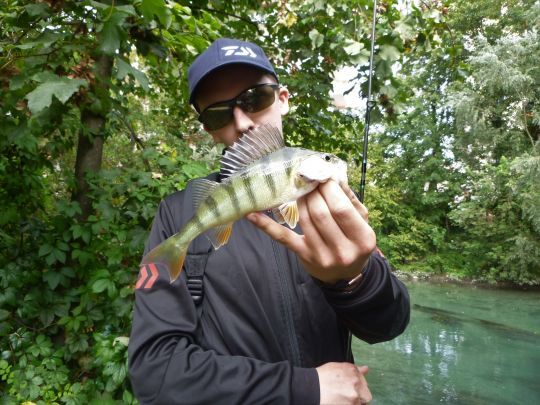Principles and spirit of street fishing
Street fishing combines mobility and simplicity. An activity practised with minimalist, lightweight equipment (small rod, compact reel, a few lures), making it easy to move from one spot to another, often on foot, by bike or on a scooter.
Ôeuros»Ideal for fishing after work, during lunch breaks or whenever you have a free moment, without the need to plan a long outing. Fishing sessions can be short and spontaneous.
Street fishing is a way of (re)discovering the unsuspected wealth of urban waters and surprising passers-by, who are often surprised to see fish in the middle of the city. A great way to discover urban biodiversity.

Techniques and target fish
A wide variety of techniques can be employed: linear casting, drop-shot, tug-of-war, fishing with soft or hard lures, or even fly fishing, depending on species and preferences.
Several species of fish to look out for: mainly carnivores such as perch, pike-perch, pike, black-bass, catfish, but also chub, carp or white fish (roach, bleak, bream, etc.).
Use adapted lures: small soft lures, swimming fish, spoons, worm or larva imitations, must be adapted to the size of urban species and to the discretion required in an urban environment.

No-kill philosophy and sharing
The majority of street fishermen practice "Ôeuros»no killÔeuros»", releasing their catch to preserve the resource and respect the urban ecosystem.
What's more, street fishing is often practised in small groups, encouraging exchange and mutual support between enthusiasts.
Another important point, especially for young people, is that street fishing is inexpensive. This means that anyone can learn to fish without having to make a major investment or obtain a specific permit, apart from the usual fishing card.
Street fishing is a fun, mobile form of urban fishing that values spontaneity, simplicity and respect for the environment, while offering the chance to catch a wide variety of species in the heart of the city.

 /
/ 








